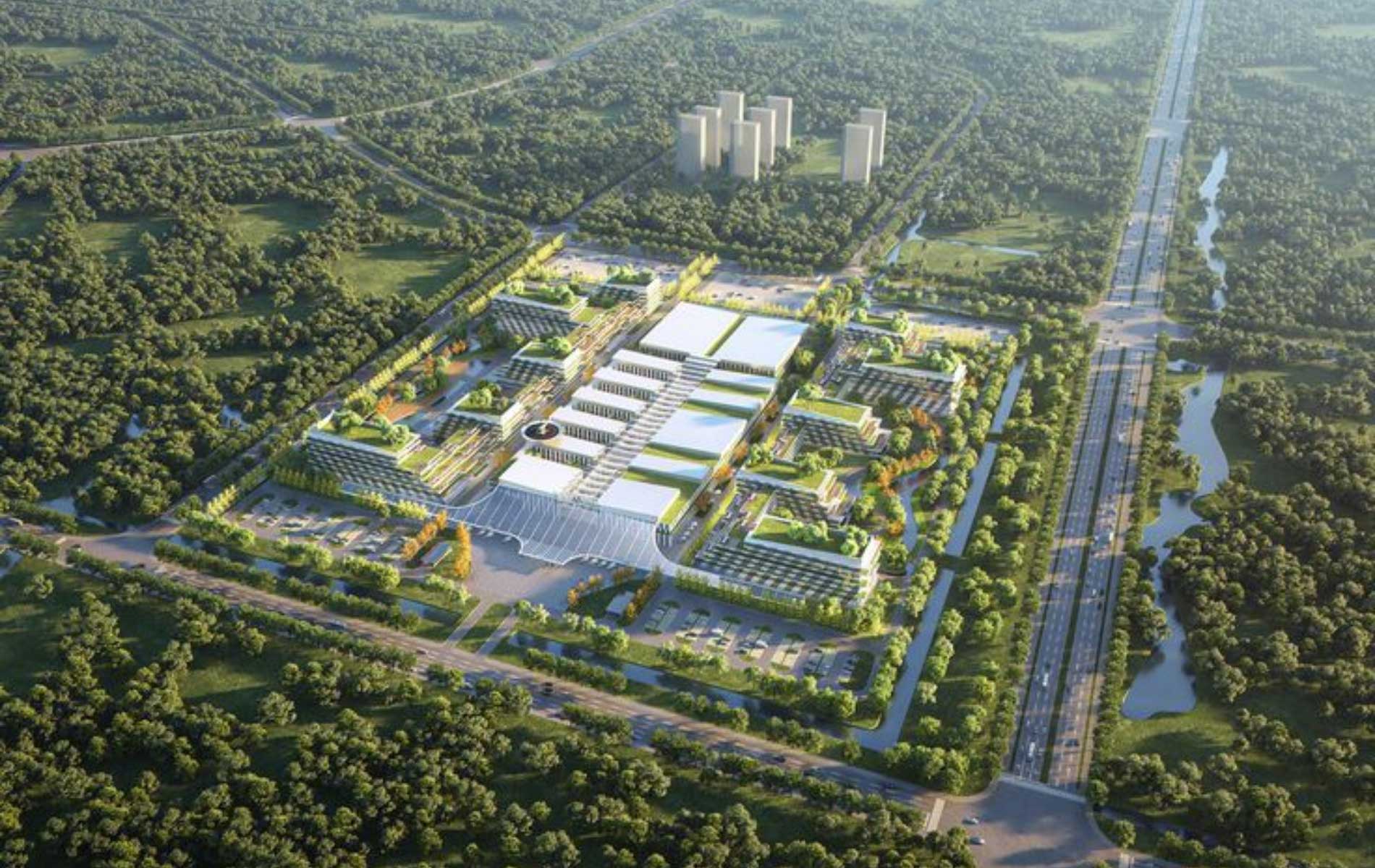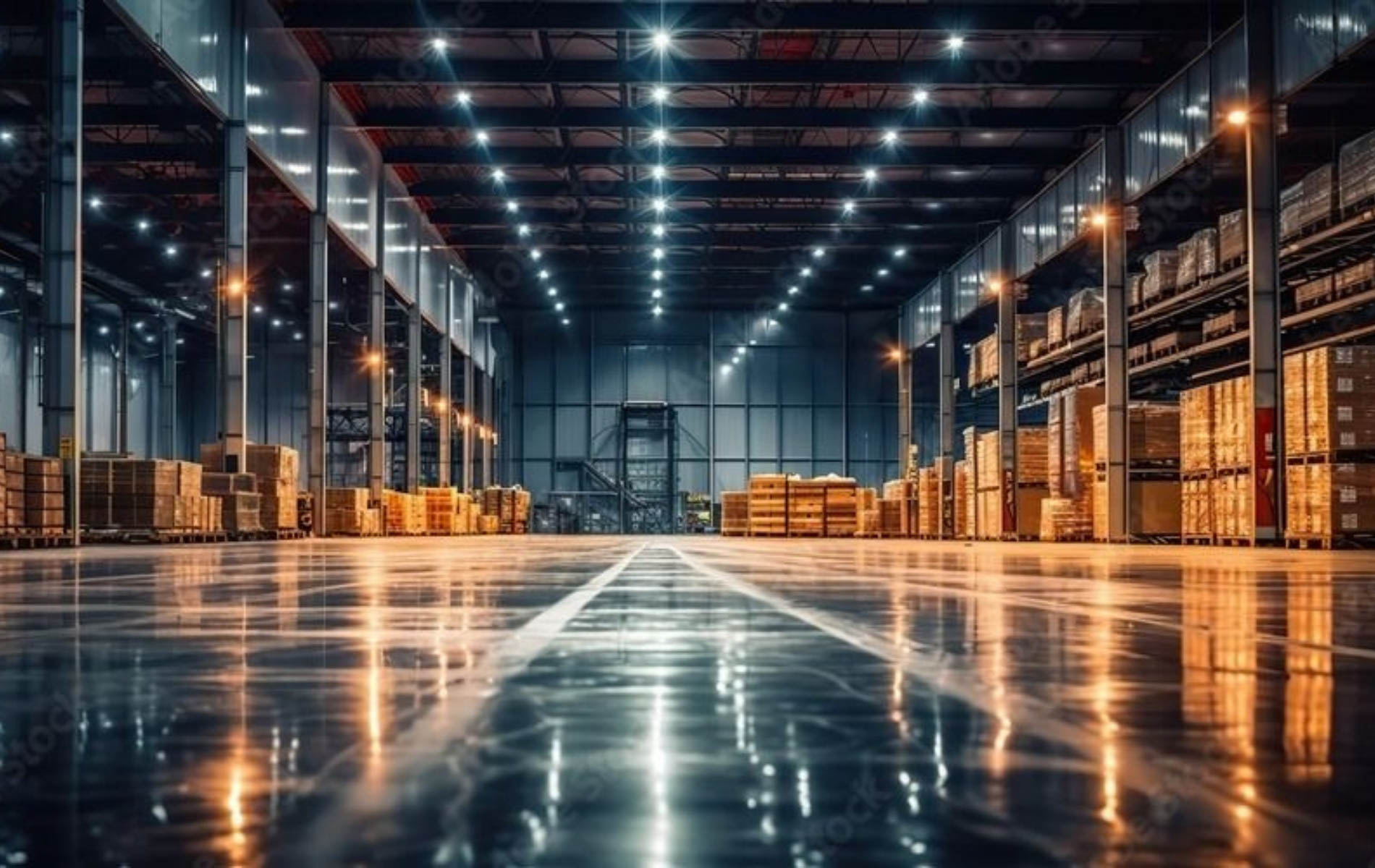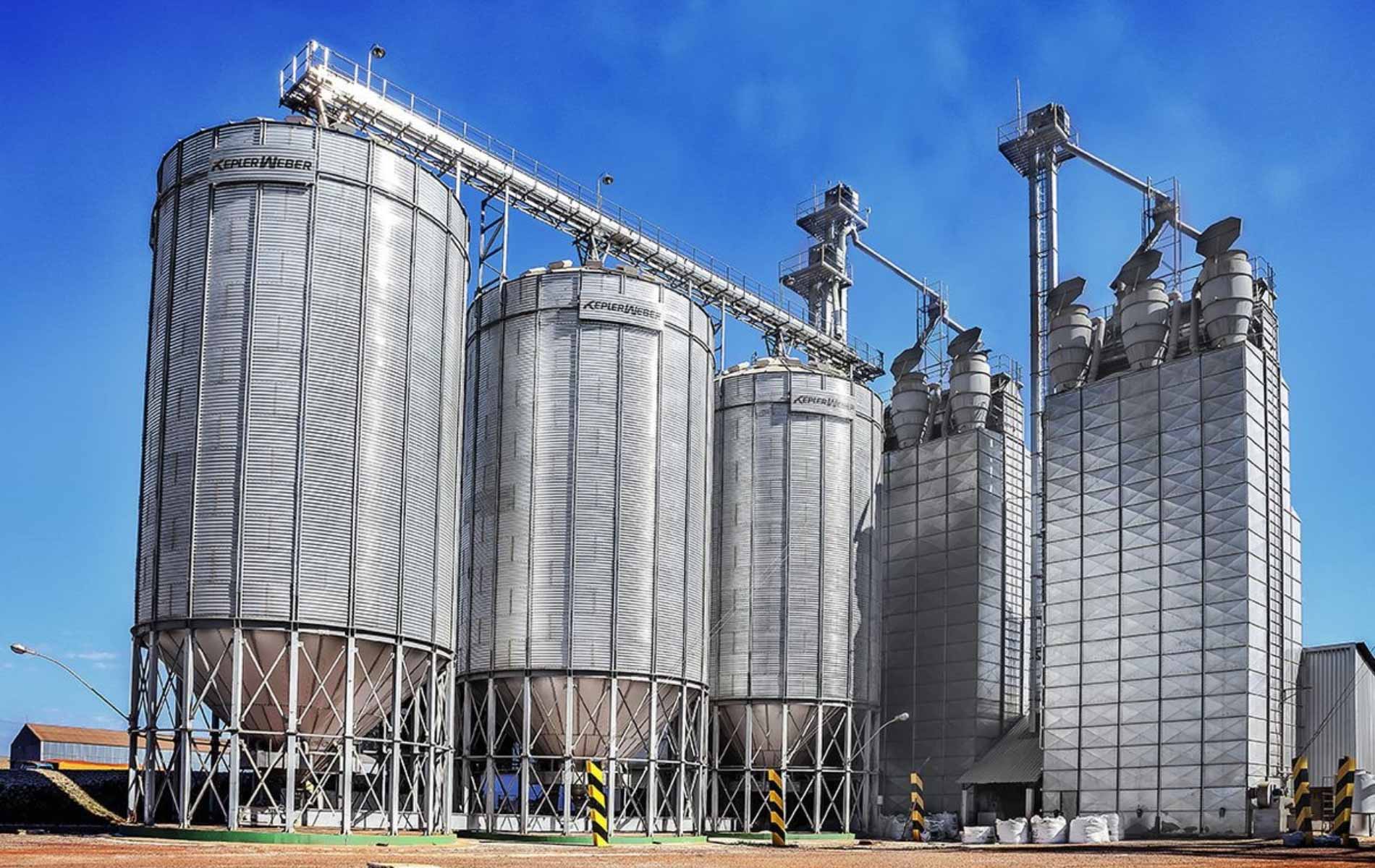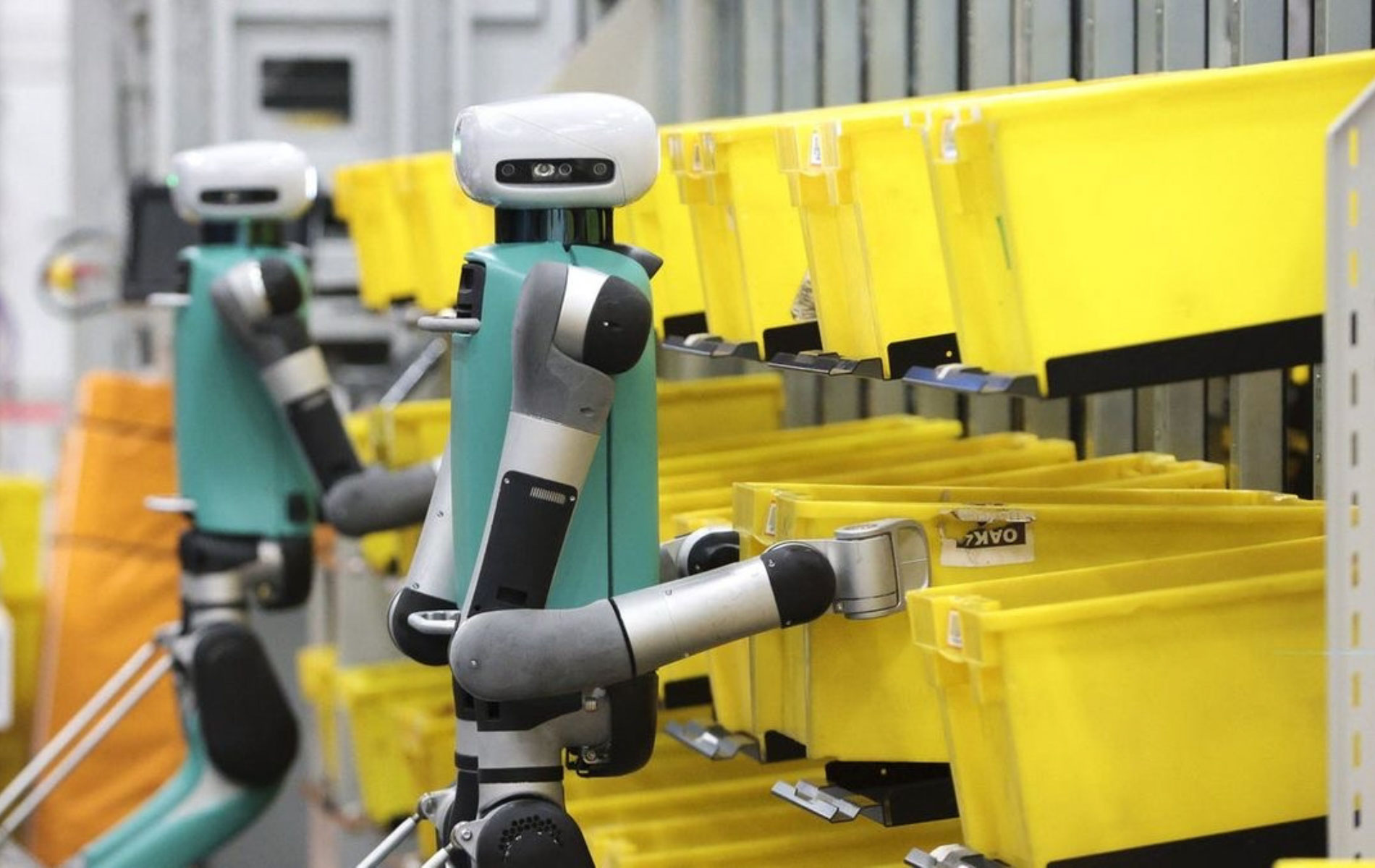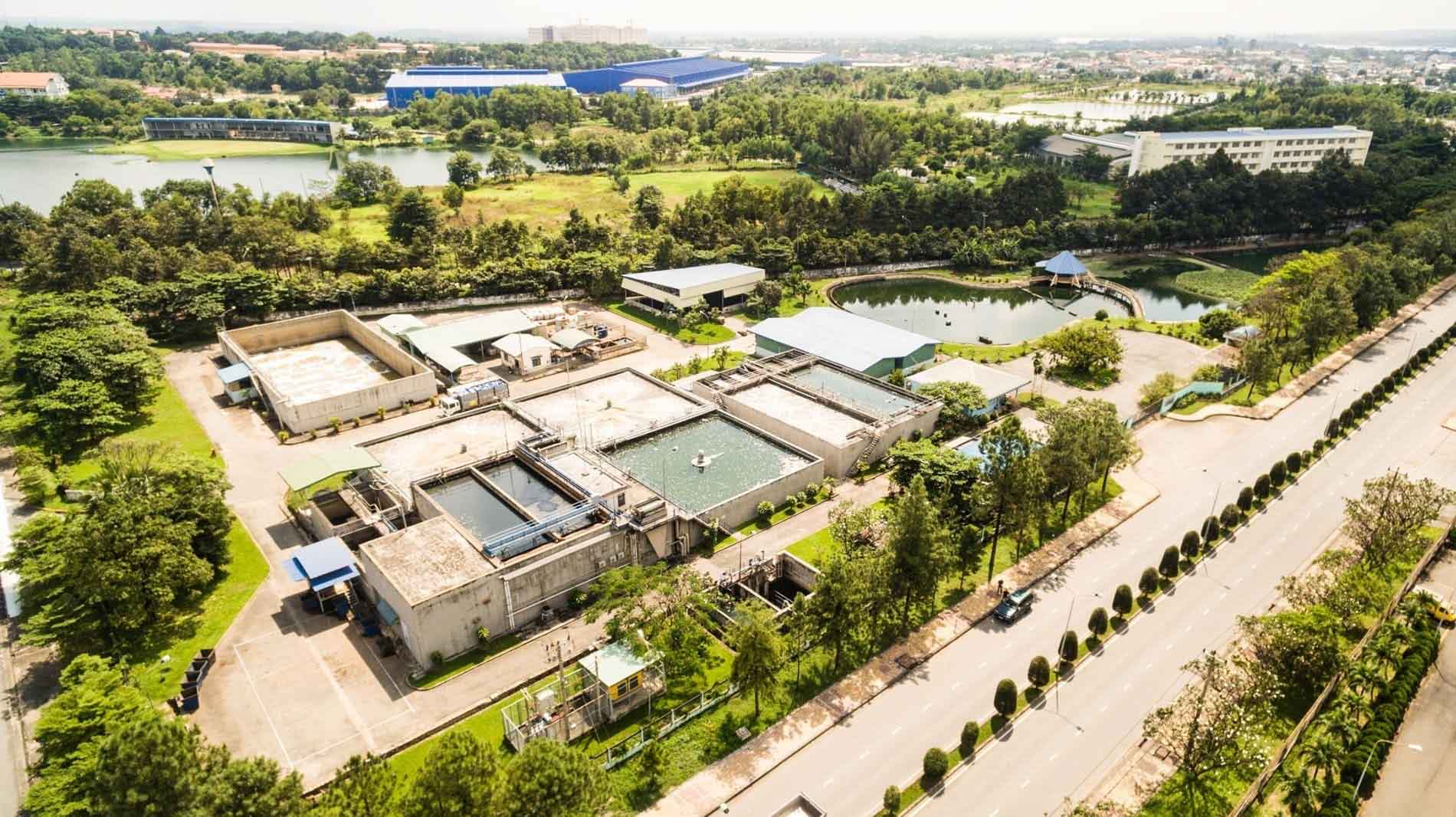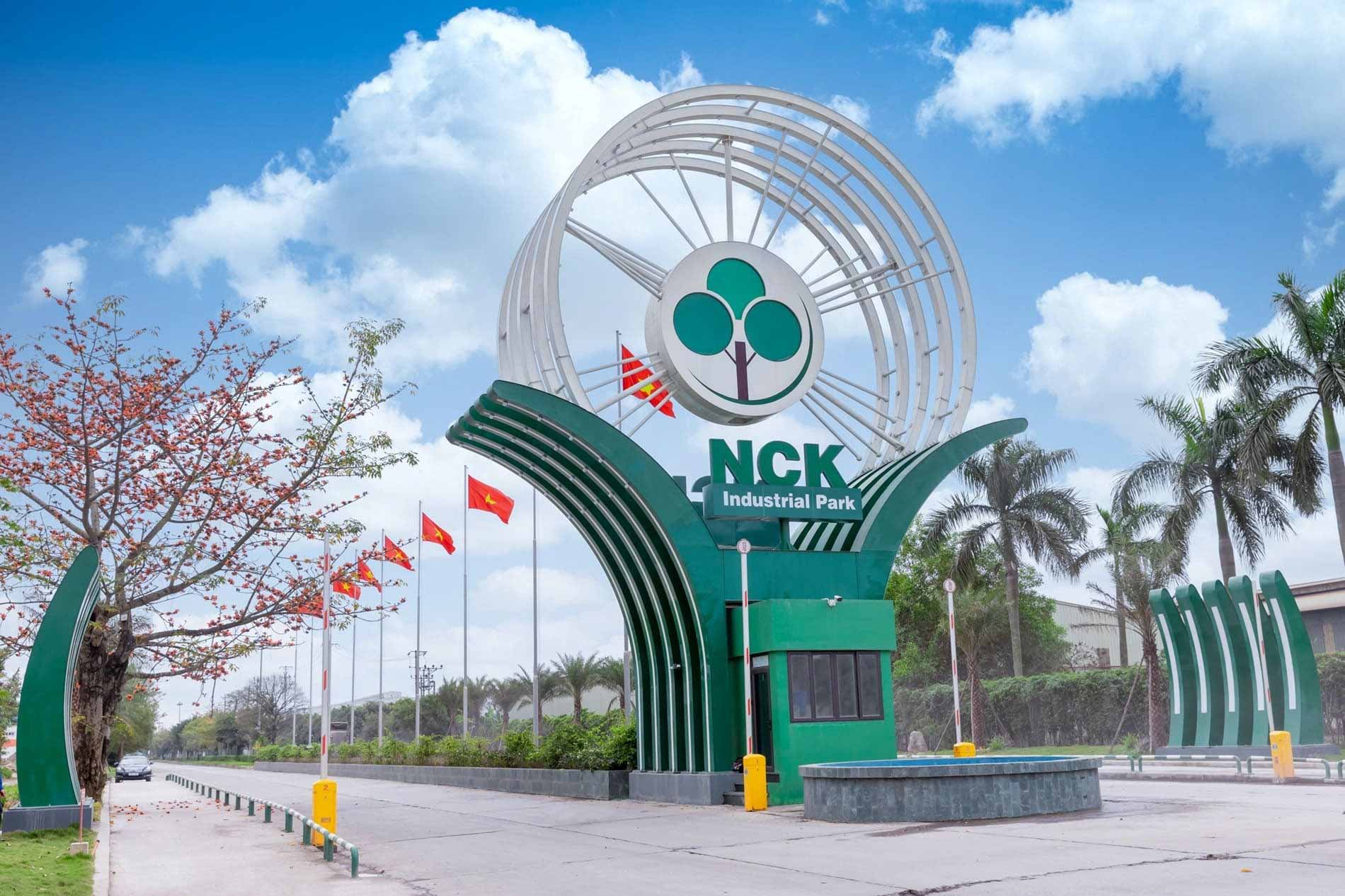As sustainable development becomes a global priority, green industrial parks in Vietnam are emerging as an inevitable trend. The year 2025 marks a significant shift, with environmental standards, renewable energy, and smart infrastructure taking center stage.
In this article, KTG Industrial highlights the most notable green industrial parks in Vietnam, recognized for integrating cutting-edge technology and long-term sustainability commitments.
Green industrial parks – A strategic shift toward sustainable development
At COP26, the Vietnamese government made a bold commitment to achieve net-zero emissions by 2050, signaling a pivotal move toward a green and sustainable economy.
This pledge not only reflects the country’s long-term strategic vision but also creates positive pressure for key sectors—especially manufacturing—to transition toward low-emission growth models.
In this context, the development of green industrial parks in Vietnam has evolved from a rising trend into an inevitable choice aligned with national climate goals.
As ESG standards and emission reduction regulations tighten globally, many enterprises, particularly foreign direct investors (FDI), are prioritizing facilities located in industrial zones that offer renewable energy, eco-friendly infrastructure, and strong environmental performance.
This shift is driving local governments to accelerate the planning and development of green industrial parks to attract high-quality investment and promote sustainable growth.
Green industrial parks in Vietnam – 2025 spotlight
VSIP III Industrial Park – Binh Duong
A flagship model of green industrial development in Vietnam, VSIP III is jointly developed by Becamex IDC and Sembcorp (Singapore).
Spanning 1,000 hectares, the park officially launched in 2024 and features cutting-edge infrastructure including a 50-hectare solar farm, closed-loop wastewater treatment system, smart transportation network, and multi-layered green spaces, all aimed at promoting energy efficiency and sustainability.
The standout highlight of VSIP III is LEGO Group’s decision to establish its first carbon-neutral factory worldwide within the park. This investment showcases the growing appeal of Vietnam’s eco-friendly industrial infrastructure and marks a strong step toward FDI-led green manufacturing.
VSIP III not only serves as a new manufacturing hub but also exemplifies the country’s strategic vision of building a sustainable, low-emission industrial future aligned with its Net Zero roadmap.
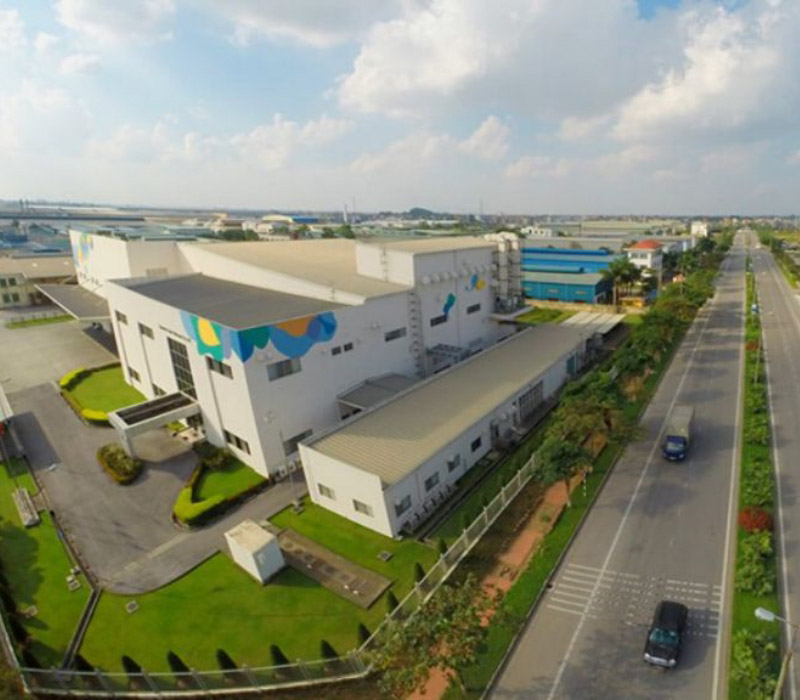
VSIP III Industrial Park – Binh Duong
Prodezi eco-Industrial Park – Long An
Positioned as the first eco-industrial ecosystem in the Mekong Delta—an area highly vulnerable to climate change—the Prodezi Eco-IP project in Long An is developed by Prodezi Group in partnership with the provincial government.
Covering 400 hectares with a total investment of USD 195 million, the park is expected to become a benchmark for sustainable industrial development in Southern Vietnam.
From the outset, Prodezi Eco-IP integrates a wide range of green solutions: solar power systems, water recycling and circular reuse, eco-friendly construction materials, and on-site ecological conservation zones.
With a strong focus on carbon neutrality, the park enables FDI enterprises to meet international ESG standards while paving the way for industrial development in the Mekong Delta that balances economic growth with natural resource preservation.
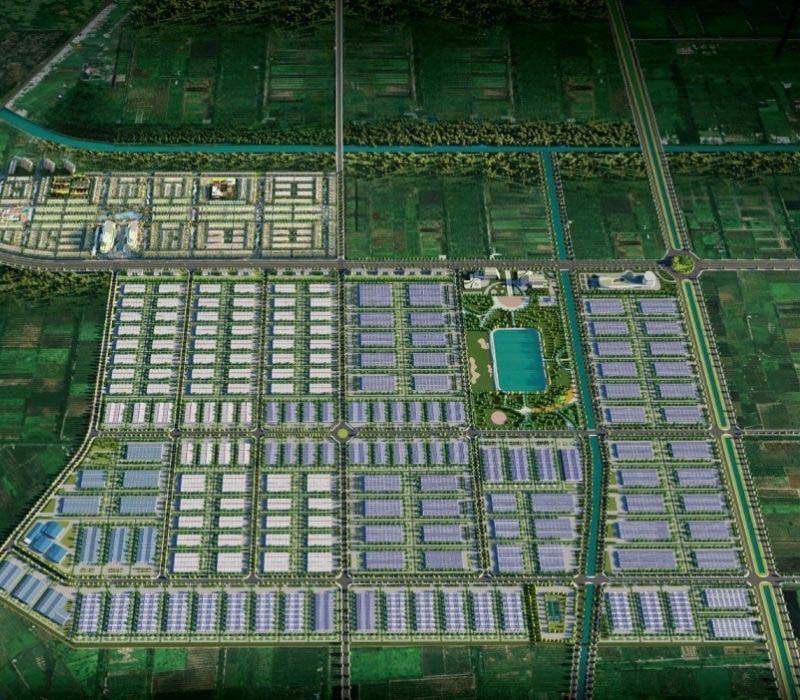
Prodezi eco-Industrial Park – Long An
WHA Industrial Zone – Nghe An
Unlike conventional models, the WHA Industrial Zone in Nghe An is envisioned as a modern hub that seamlessly combines production, logistics, and technology. Developed by WHA Group (Thailand), the zone boasts a total land bank of 12,600 hectares and manages over 3 million m² of industrial real estate in Vietnam.
In alignment with Industry 4.0, WHA integrates cutting-edge technologies such as rooftop solar, blockchain-based energy trading, electric logistics vehicles, biotech water treatment, and a real-time environmental monitoring center.
This creates a unique competitive edge for tenants while laying the foundation for a smart, sustainable green industrial ecosystem in North-Central Vietnam.
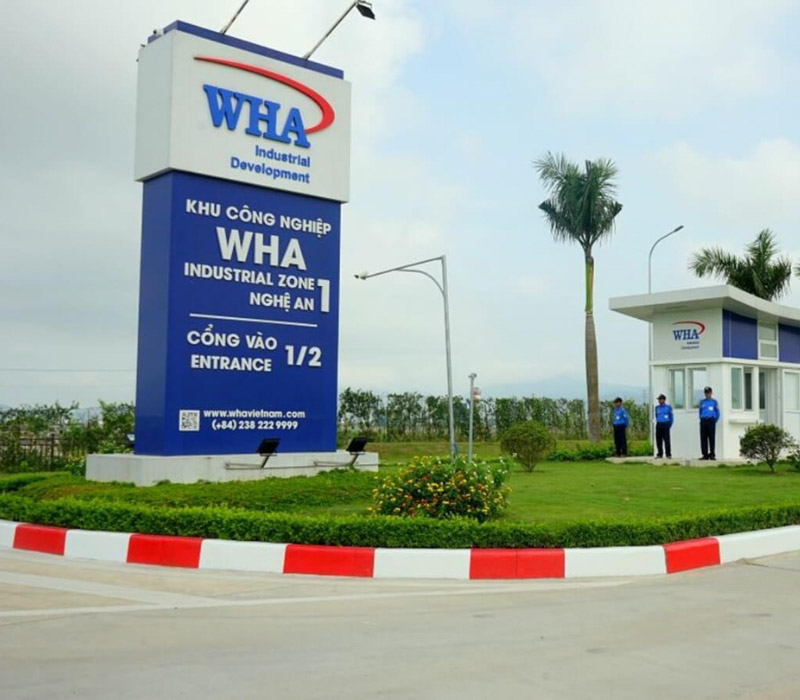
WHA Industrial Zone – Nghe An
DEEP C Industrial Zones – Hai Phong & Nhon Trach
Breaking away from traditional industrial park models, the DEEP C projects in Hai Phong and Nhon Trach redefine industrial zones as closed-loop ecosystems. Developed by DEEP C Industrial Zones (Vietnam), the parks are designed and operated with sustainability and energy efficiency at the core.
Aiming for LEED Gold certification, DEEP C integrates renewable energy systems, recycled construction materials, waste-minimization strategies, and a full life cycle approach in project development.
More than just industrial land, DEEP C serves as a pilot model for responsible industrialization in Vietnam, where every square meter is optimized not only for production but also for reducing carbon footprint and supporting long-term environmental goals.
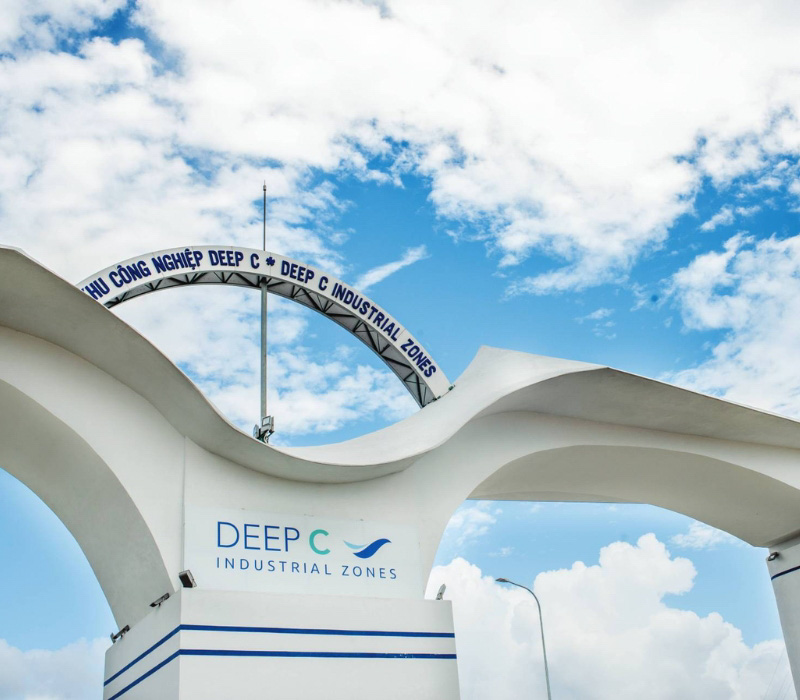
DEEP C Industrial Zones
Amata Long Thanh Industrial Park
Amid global supply chain shifts and rising sustainability demands from international investors, Amata Long Thanh, a high-tech industrial park developed by Amata Group (Thailand) has emerged as a flagship model for smart and green industrial zones in Vietnam.
With a total investment of USD 282 million, the project not only targets high-value manufacturing sectors but also aims to build a modern industrial ecosystem that harmonizes with both the environment and local communities.
Amata Long Thanh is one of the few zones selected for the GEIPP-Vietnam (Global Eco-Industrial Parks Programme) implemented by Vietnam’s Ministry of Planning and Investment in cooperation with UNIDO.
The park is designed around key eco-industrial park (eco-IP) principles, including resource-efficient planning, renewable energy usage, pollution control, and industrial symbiosis.
With closed-loop operational standards and a focus on clean technologies and low-emission production, the park supports Vietnam’s ambition to achieve Net Zero by 2050.
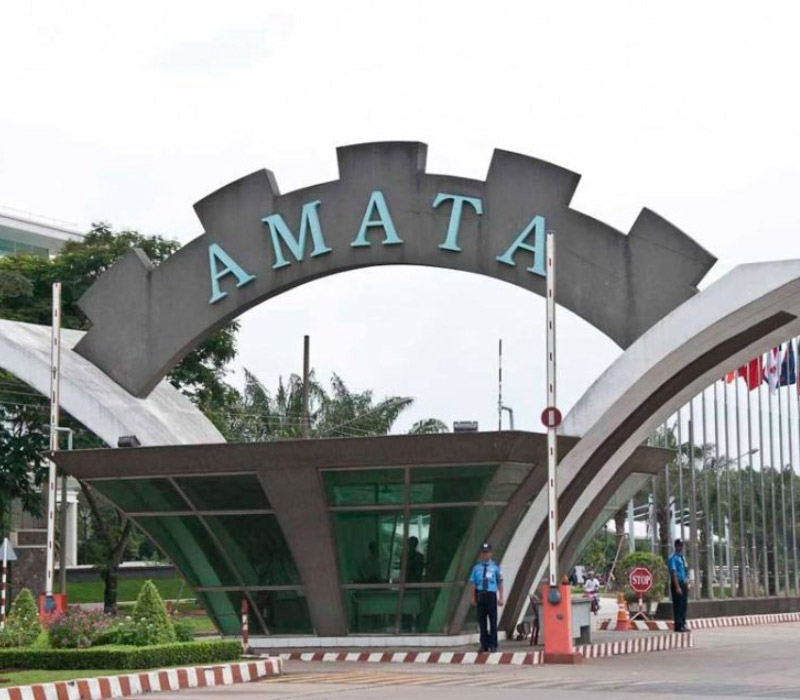
Amata Long Thanh Industrial Park
Joint-venture projects advancing green industrial infrastructure
KTG Industrial – VSIP Bac Ninh II
As FDI enterprises increasingly demand sustainable infrastructure with flexible logistics connectivity, KTG Industrial VSIP Bac Ninh II is emerging as a strategic industrial destination in Northern Vietnam.
The project is a joint venture between Khai Toan Group and Boustead Projects, offering a holistic ecosystem of ready-built factories and customized solutions, all developed with global green standards in mind from the master planning stage.
Strategically located just 24 minutes from Noi Bai International Airport and 30 minutes from downtown Hanoi, the 14-hectare development is being rolled out in two phases.
Phase 1, currently under construction, includes 44,000 m² of LEED Gold-certified ready-built factories, with seven modern units designed to be environmentally friendly and highly functional. The project is expected to welcome its first tenants by the end of 2025.
In addition to green design, tenants benefit from extensive regional transport infrastructure, including four expressways, three international airports, and two deep-sea ports.
This makes VSIP Bac Ninh II not only an ideal site for setting up production but also a strategic node in the global supply chain, especially attractive to manufacturers, logistics providers, and tech-driven businesses with a long-term green vision.
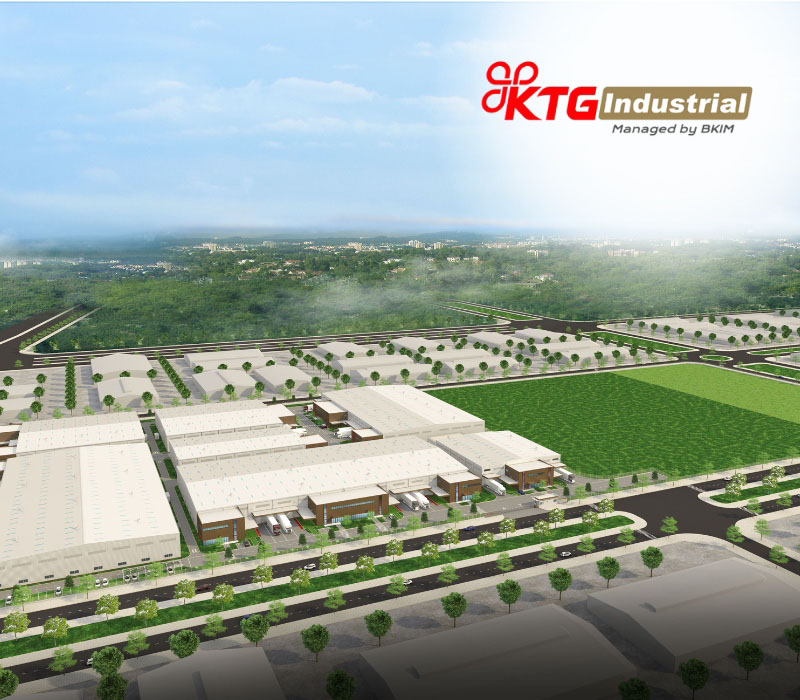
KTG Industrial – VSIP Bac Ninh II
Core5 Vietnam – Multi-location green industrial network
Unlike traditional parks tied to a single province, Core5 Vietnam is a nationwide network of sustainable warehouses and ready-built factories, strategically located across key industrial hubs in Vietnam.
The initiative is a joint venture between Kajima Corporation (Japan) and Indochina Capital (Vietnam), blending modern Japanese design philosophy with Vietnam’s commitment to sustainable development to create industrial spaces that prioritize both performance and environmental responsibility.
Built in accordance with LEED standards, Core5 facilities incorporate a range of green solutions such as rooftop solar energy systems, native green landscaping, and real-time energy monitoring and control systems.
These features not only help businesses reduce operational costs but also improve employee well-being and contribute to local biodiversity preservation—representing a holistic approach to post-carbon industrial development.
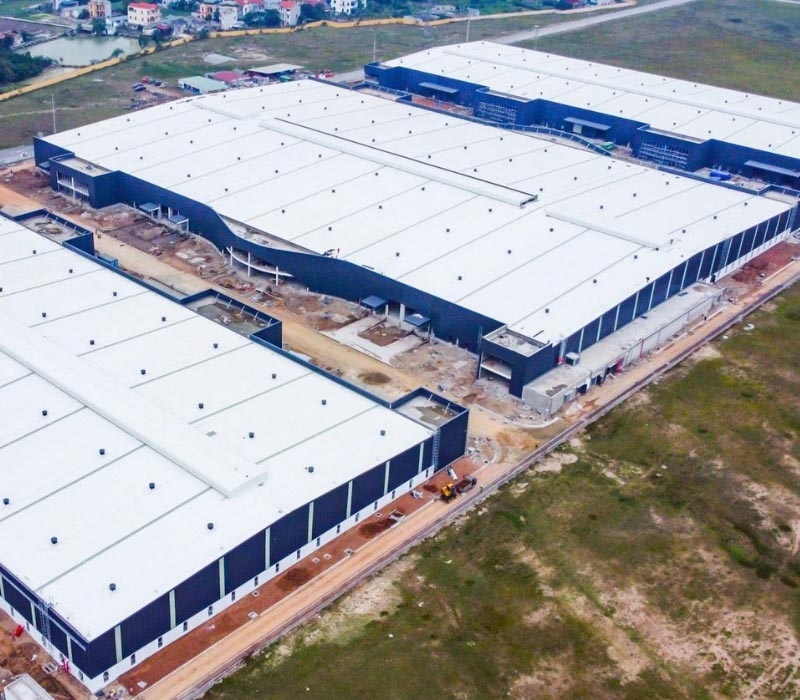
Core5 Industrial Park in Hung Yen
Three key challenges in transitioning to green industrial parks
Technical and technological standards
Developing a green industrial park requires investors to integrate advanced technical systems right from the infrastructure design phase. International standards such as LEED, EDGE, or LOTUS mandate the use of sustainable materials, energy-efficient systems, and optimized natural ventilation and lighting.
Additionally, technologies such as smart energy management, water reuse, and closed-loop waste treatment must be implemented. This poses a significant challenge for developers who are more familiar with conventional operational models.
Transition from traditional leasing to industrial ecosystems
Unlike the former “build-and-lease” model, green industrial parks must now provide a holistic operating environment for tenants. This includes not only technical infrastructure and environmental solutions, but also digital transformation support and synergies between factories through industrial symbiosis.
The role of developers is shifting—from landlords to long-term value creators, helping tenants strengthen their ESG capabilities. This transition demands not only resources but also a new development mindset.
According to Mr. Truong Khac Nguyen Minh, Deputy General Director of Industrial Zones Vietnam, tax incentives, infrastructure readiness, and quality remain important in attracting foreign investment.
However, to retain and optimize these capital flows—especially from SMEs—green value and added services play a decisive role.
High investment costs and the need for comprehensive transformation
Building a true green industrial park can increase initial investment costs by up to 30% compared to traditional models. Key components such as solar power, IoT environmental management, water recycling systems, and recycled materials require significant capital and cutting-edge technology.
In addition, operating these systems requires a skilled technical workforce and specialized management processes, which many investors may hesitate to commit to. Beyond finances, this is a challenge of execution capacity and long-term commitment.
Conclusion
The growing presence of green industrial parks across Vietnam underscores the rise of sustainable development as a new standard for the industrial sector.
Flagship projects like VSIP III, DEEP C, and Amata Long Thanh not only give investors a competitive edge but also contribute to realizing the nation’s Net Zero 2050 goal.
In a world increasingly focused on green growth, Vietnam’s green industrial parks are laying the foundation for attracting high-quality capital and fostering long-term sustainable economic development..

